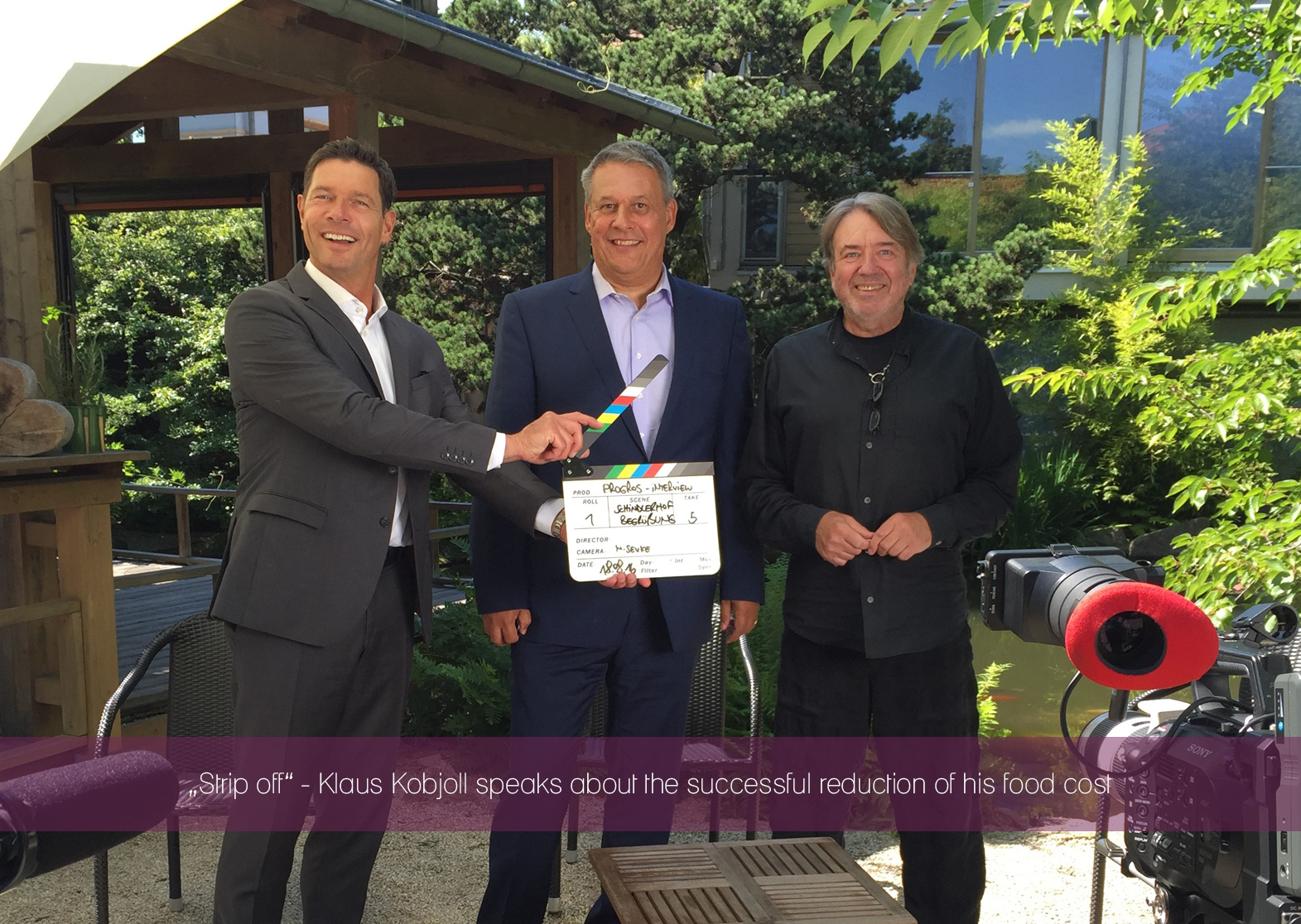No revenues without procurement
No revenues without procurement. Purchasing provides the mundane basis for a commercial enterprise, a hotel, to be able to develop and thrive. No lodging revenues without the purchase of mattresses. No beverage revenues without the purchase of wine. No food revenues without the purchase of fish. Purchasing plays a significant role in setting the course for success or failure, because the goods bought by the hotel operator must meet the taste of its guests and fulfil their needs. Procurement therefore plays an important role in a hotel’s overall concept for success because it is the major starting point for implementing the operating concept.
Procurement – biggest cost area at 35%
“Purchasing” does not just cover food, beverages, serviettes etc. but also all goods and services that restaurant owners and hotel operators do not produce themselves but instead buy in – including external accounting, textile leasing, energy, advertising, online marketing, telephone services, IT software, outsourced housekeeping and a whole lot more. It all adds up to a considerable amount – in total around 35% of a hotel's costs. This makes procurement expenditure the largest cost pool – ahead of staff costs, which are sometimes “only” between 20% and 30%. Forecasts indicate that this proportion will even continue, as there is a growing tendency in the hospitality industry towards outsourcing.
Complex processes – improvements with digitalisation
Many people see procurement as the ‘ordering’ of goods. There are, however, many individual process steps that belong together and build on from one another until the goods finally reach the cool room. The actual operation begins with a definition of requirements, i.e. with the answer to the question: “What do I need, in what quality and amount?” This is followed by sourcing – the search for the right product, which involves comparing, negotiating, ordering, receiving and examining goods, account assignment and storing of the invoice associated with the purchase. It is only a well-structured process if all these individual steps have been defined in a way that is understandable for everyone and which are perfectly coordinated. This can be easily optimised and organised with smart digitalisation solutions that use a workflow to map all the work steps of procurement in the web, making them networked, accessible and transparent.
Profit booster – reducing costs by 2% increases profits by 12%
Procurement is a first-class ‘profit booster’: cutting direct procurement expenditure by just 2% can increase profits by 12%. The sales equivalent, i.e. achieving the same effect on profits through increasing sales, is a factor of 5-6 profit (example of a hotel, NOP 5%).
See procurement holistically – price is not everything.
What is successful procurement? The best possible purchasing conditions in line with the market. Yes. But is that all? No. Delivery reliability, quality of products and goods, safety, innovation, communication, sustainability, simple processes, cooperation, trust – all this and more form the basis of successful procurement management. This understanding is mapped in the supply chain philosophy of procurement “buy” progros. And it is also implemented in this way.
Good 2 know – more things worth knowing about supply chain management
We have put together a few podcasts, articles and video clips below that all deal with strategic purchasing and procurement – i.e. supply chain management. And we are continually adding to the collection. Please do not hesitate to contact us if you have the odd question or two about supply chain management.



